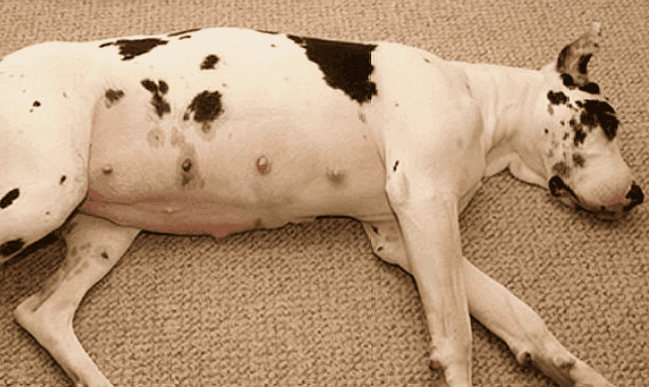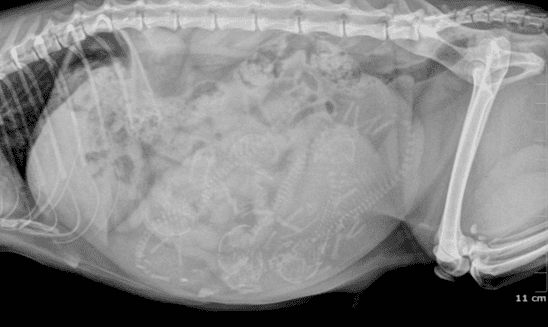The babies are getting ready to move. Recently, many novice parents are unprepared for the pregnancy of their babies and are at a loss. Please accept this pregnancy guide for dogs and cats~
Pregnancy physical examination is a systematic prenatal examination that allows pregnant animals to receive scientific guidance from doctors to ensure the physical and mental health of pregnant animals and the healthy development of the fetus. a way.
1. Pregnancy period
Canine pregnancy period
The dog pregnancy period is quite variable, ranging from 57 days to 72 days. Why is it so long? ? The most important thing is that the dog's sperm enters the uterus and can live for 6 to 11 days, so assuming it is 11 days, the female dog's eggs will not be released until 10 days after breeding, which means that it will take 10 days after breeding to be fertilized. Therefore, 10 days are added to the pregnancy, and the pregnancy period may last to 70 days. This is why the dog's pregnancy period varies from 57 days to 72 days. The main difference is here. The gestation period of dogs is generally 58-63 days.

The pregnancy period of cats
Because cats are guided to ovulate after breeding, the pregnancy period is Relatively consistent. The gestation period of cats is generally 63-66 days.
What are the clinical manifestations?
Fuzhou De Pet Hospital
1. After pregnancy, the amount of exercise of animals may gradually decrease, the abdominal circumference will gradually increase, and the weight will gradually increase, especially in the later stages (after 40 days of pregnancy) ﹞The appearance is more obvious.
2. The breasts begin to enlarge two weeks before delivery, and colostrum appears a few days before delivery.
3. 1-2 days before birth, animals begin to build nests, become restless, look for secluded and dark places, scratch the ground, chew objects, and urinate more often, especially primiparous animals. more obvious.
4. Three days before delivery, the body temperature begins to drop to between 36.5 degrees and 37.5 degrees. When the body temperature begins to rise, it means that delivery is imminent.
What inspection methods are there?
B-ultrasound
What can B-ultrasound do?
Confirm pregnancy: the gestational sac appears, forming a small, thin-walled, echoless structure in the uterus, and the fluctuating fetal heart rate can be seen; dogs can be identified at 23-25D, and cats can generally be identified at 16-18D.
Detect fetal development: The fetus develops more rapidly in the first 30 days, so internal organs can be more easily identified. Measure the approximate gestation day and delivery time based on the size of the fetus; the gestation date will have an error of 3-5D due to the size and development of the breed;
Judge abnormal pregnancy conditions: including embryo resorption, miscarriage, and performance It is the disappearance of the gestational sac, the increase in echo within the cavity, the disappearance of the fetal heartbeat, and the dissolution of the embryo or fetus.
Assess fetal vitality: The normal fetal heart rate is twice the maternal heart rate. Bradycardia is a normal fetal response to hypoxia and an important parameter for diagnosing dystocia
DR
2. Pregnancy is distinguished.

If a dog is pregnant for about 41 to 45 days, if you take an X-ray, you will only see the enlargement of the uterus and the density of the soft tissue. You may not see the bones of the fetus until 41 to 45 days later. In cats, you may only see the bones of the fetus after 35 to 39 days.
When dogs are 41 to 45 days old and cats are 35 to 39 days old, the bones of the fetus begin to calcify. At this time, X-rays can be taken to determine whether the baby is pregnant and the specific number of fetuses.
Postpartum uterine involution
The uterus after delivery contains varying amounts of fluid. It gradually returns to normal size and stops excreted 4-6 weeks after delivery (the involution time of cats may be shorter) Lochia, if abnormal discharge persists after six weeks postpartum, uterine involution should be suspected.

 扫一扫微信交流
扫一扫微信交流
发布评论